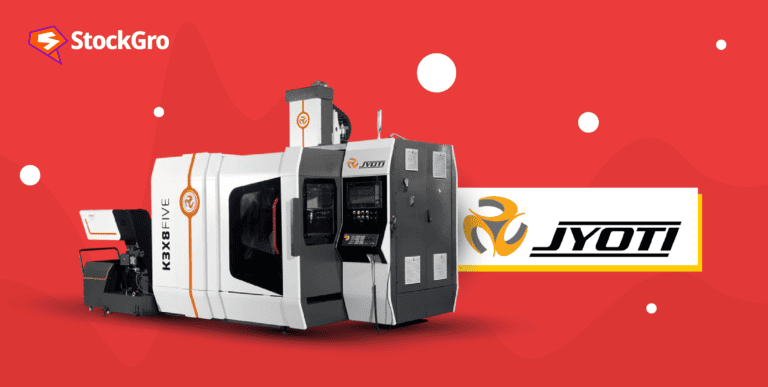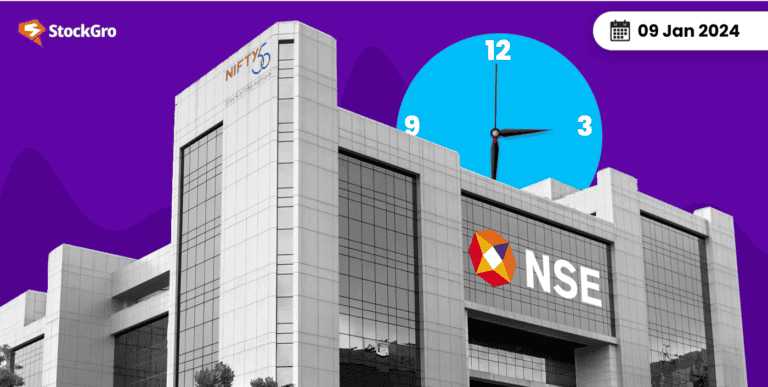
HDFC Bank Limited was officially founded in Mumbai, India, in August 1994, marking the commencement of HDFC Bank. The bank opened for business in January 1995 with the designation of Scheduled Commercial Bank.
On April 4, 2022, the largest housing finance company in India, HDFC Limited, and the country’s biggest private sector bank, HDFC Bank, announced their merger. HDFC Ltd. has been at the forefront of the housing finance industry for over forty-five years.
On January 5th, HDFC Bank reported a significant growth in gross advances by 62.4%, amounting to ₹24.69 lakh crore for FY 2023-24.That said, here’s the HDFC Bank Q3 report with a detailed analysis of the company. Let’s begin.
Also read: The mega merger of HDFC and HDFC Bank
HDFC Bank Q3 results 2023 update
As of December 31, 2023, HDFC Bank’s gross advances were ₹24,69,500 crore, an increase of about 62.4% from ₹15,20,500 crore as of December 31, 2022, according to the HDFC Bank annual report.
The bank’s gross advances increased from ₹23,54,600 crore as of September 30, 2023, a 4.9% sequential growth.
According to a filing with the RBI by HDFC Bank, the bank’s advances increased by about 60.7% from December 31, 2022, and by nearly 3.8% from September 30, 2023.
An increase of 111% year-on-year (YoY) and 3.0% quarter-on-quarter (QoQ) was recorded in domestic retail loans. Borrowings from corporations and other wholesale sources increased by 2.0%, whereas loans to businesses and rural areas increased by 6.5%.
After reaching ₹21,72,900 crore in September 2023, HDFC Bank’s deposits surged 1.9% to ₹22,14,000 crore at the end of the December quarter. Deposits increased by 27.7% year over year. Wholesale deposits fell 3.4% from the previous quarter, while retail deposits rose 2.9%.
The total CASA deposits (the total sum that clients of the bank deposit into their checking and savings accounts) held by the bank reached over ₹8,35,500 crore in the third quarter of FY24, an increase of 2.2% from the previous quarter. From December 31, 2022, to September 30, 2023, retail CASA increased by approximately 2.3%.
By the end of 2023, the bank’s CASA ratio had dropped to around 37.7% from 44.0% at the end of 2022 and 37.6% at the end of 2023. HDFC Bank stock has underperformed the market in the last year, with a gain of just over 5% compared to the Nifty 50’s gain of over 20%.
Also read: The best banks in India: Leading the way in finance
HDFC Bank competitors
Some of the competitors of HDFC Bank based on market capitalisation (₹ cr.) are:
- ICICI Bank (697,086)
- Kotak Mahindra (367,238)
- Axis Bank (350,658)
Evolution of HDFC bank
Established in 1994 as a division of the Housing Development Finance Corporation, HDFC Bank is an Indian financial institution based in Mumbai.
With a 55-fold oversubscription rate, HDFC Bank’s first 500 million share offering (IPO) was launched in March 1995. In May 1995, HDFC Bank debuted for ₹3.95 on the Bombay Stock Exchange. In 1999, Times Bank and HDFC Bank merged – marking the first friendly merger inside the banking sector and the first executed under a share exchange agreement.
HDFC Bank made its first public offering of its $172.5 million American Depositary Shares (ADS) on July 20, 2001, on the New York Stock Exchange. According to Forbes magazine, HDFC Bank was one of the top 5 corporations that changed the world and Asia specifically in 2017.
To promote more start-ups to list, the bank partnered with the Bombay Stock Exchange in 2019. The bank intends to enhance the BSE Startups platform and promote listing and equity capital raising among startups.
As of June 1, 2023, the bank has 19,727 ATMs spread across 3,811 locations and 8,344 branches. In FY 2017, it distributed 12 million credit cards, 23.5 million debit cards, and deployed 430,000 point-of-sale terminals.
Investing in HDFC bank
Pros
- HDFC has consistently delivered double-digit growth in net interest income, net profit, and advances while maintaining a low non-performing asset (NPA) ratio and a high capital adequacy ratio.
HDFC Bank has also diversified its revenue streams across retail, wholesale, and Treasury segments, reducing its dependence on any single business line.
- Due to its extensive distribution network, cutting-edge platforms, and cutting-edge products and services, HDFC Bank has an expanding customer base. The bank has leveraged its strong brand equity, customer relationships, and cross-selling opportunities to increase its market share and wallet share.
- HDFC Bank announced an equity dividend of ₹19 per share for the year ending in March 2023. A dividend yield of 1.13% is obtained at the present stock price of ₹1670 (as of January 8, 2023).
Cons
- HDFC Bank is up against fierce competition from fintech businesses, non-banking financial institutions, and other private and public sector banks. These competitors might draw in clients with better services, more incentives, or cheaper interest rates.
- In comparison to its industry average and competitors, HDFC Bank is trading at a premium value, which is a reflection of its better performance and growth potential. But this also suggests that there is little room for the stock to rise over current levels of expectation.
Financials
| Metric | Value |
| Market cap (₹ Cr.) | 1,274,778 |
| Book value per share (₹) | 381.48 |
| Dividend Yield | 1.13% |
| ROCE | 2.97% |
| ROE | 15.74% |
| Face value (₹) | 1 |
Also read: What are financial statements and how to read them
Shareholding pattern of HDFC
The shareholding pattern (as of September 2023) of HDFC Bank is as follows:
Promoters: 25.52% (as of June 2023)
Foreign Institutional Investors (FIIs): 52.13%
Domestic Institutional Investors (DIIs): 30.64%
Public: 17.22%
Conclusion
As we have seen, HDFC Bank reported strong growth in Q3, with advances up 62% year-on-year. Though facing fierce competition, HDFC retains its strengths – consistent double-digit income growth, low NPAs, and diversified revenue streams. Its high valuations limit upside but HDFC remains a quality bank stock pick.

